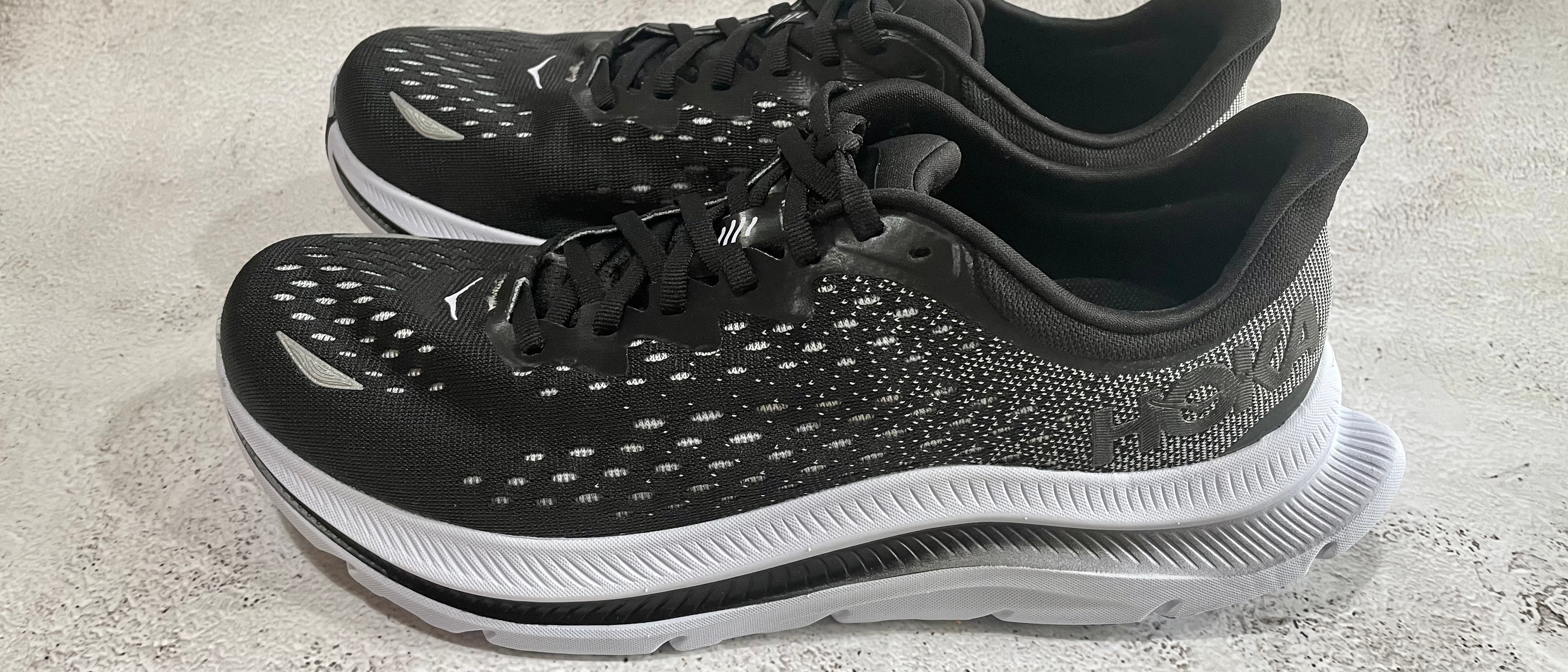TechRadar Verdict
Soft, comfortable, and versatile, the Hoka Kawana bridges the gap between road and gym, soaking up the miles whether you're training on the street or the treadmill. Its outsized sole, packed with bouncy foam, provides cushioning and stability for running and HIIT workouts alike, though we're not entirely convinced that the SwallowTail heel is necessary for a general-purpose shoe. It's extremely comfortable for long sessions though, and the nicely padded upper really comes into its own when you're putting in some long miles.
Pros
- +
Stable outsized sole
- +
Cool, breathable upper
- +
Nicely padded tongue and collar
- +
Long heel tab for comfort
Cons
- -
SwallowTail heel limits versatility
- -
May be too pricey for new runners
Why you can trust TechRadar
One-minute review
If you're a runner on a budget, you'll likely use your road running shoes at the gym rather than investing in a separate set of indoor footwear. Provided they're not muddy, what's the harm? Hoka has acknowledged that fact with the Kawana, which is built to allow you to switch comfortably between the pavement and the treadmill – and it strikes a (very) comfortable middle ground.
This is an exceptionally soft shoe. Not only do you get acres of squishy foam in the midsole, there's also much more padding in the tongue and collar than we've come to expect from many of Hoka's running shoes. The overall result is an extremely comfortable fit, with an upper that can be laced good and tight with no awkward rubbing. The high heel tab is particularly kind to the Achilles area, and we can see this being a great shoe if you're recovering from an injury.
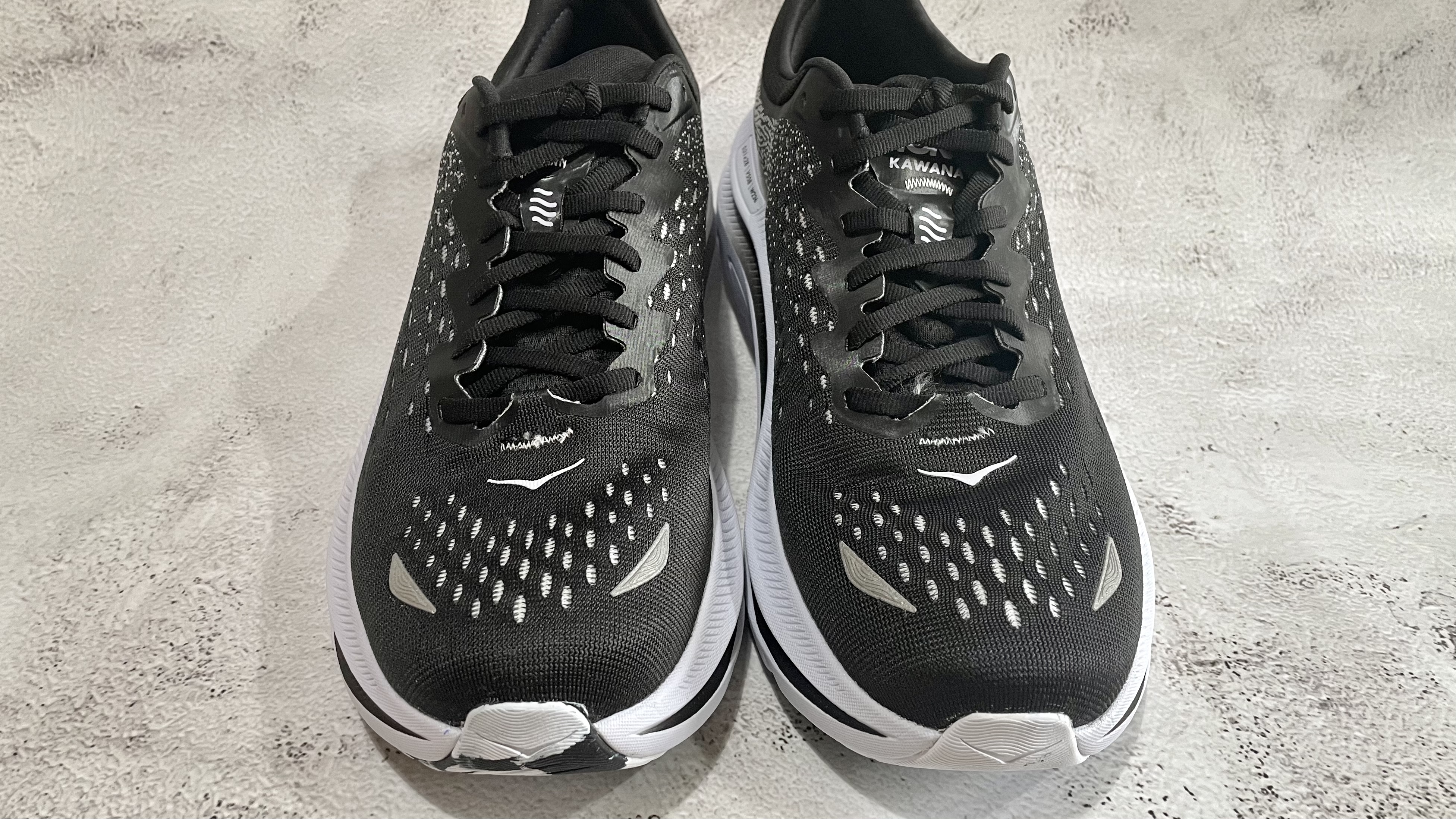
It works well for training runs of all distances, and is surprisingly well ventilated despite its relatively close-knit jacquard mesh. As promised, it feels at home in the gym as well; all that foam means it's not one of weightlifting, but it does a great job cushioning the impact of treadmill running, and is excellent for bodyweight HIIT classes. The outsized sole provides plenty of grip on all surfaces, including smooth wood and wet asphalt.
We're not certain that the SwallowTail design heel is really necessary for a general-purpose shoe though. It means we're inclined to keep the Kawana for workouts rather than any casual use, and it doesn't place nicely with some cardio machines.
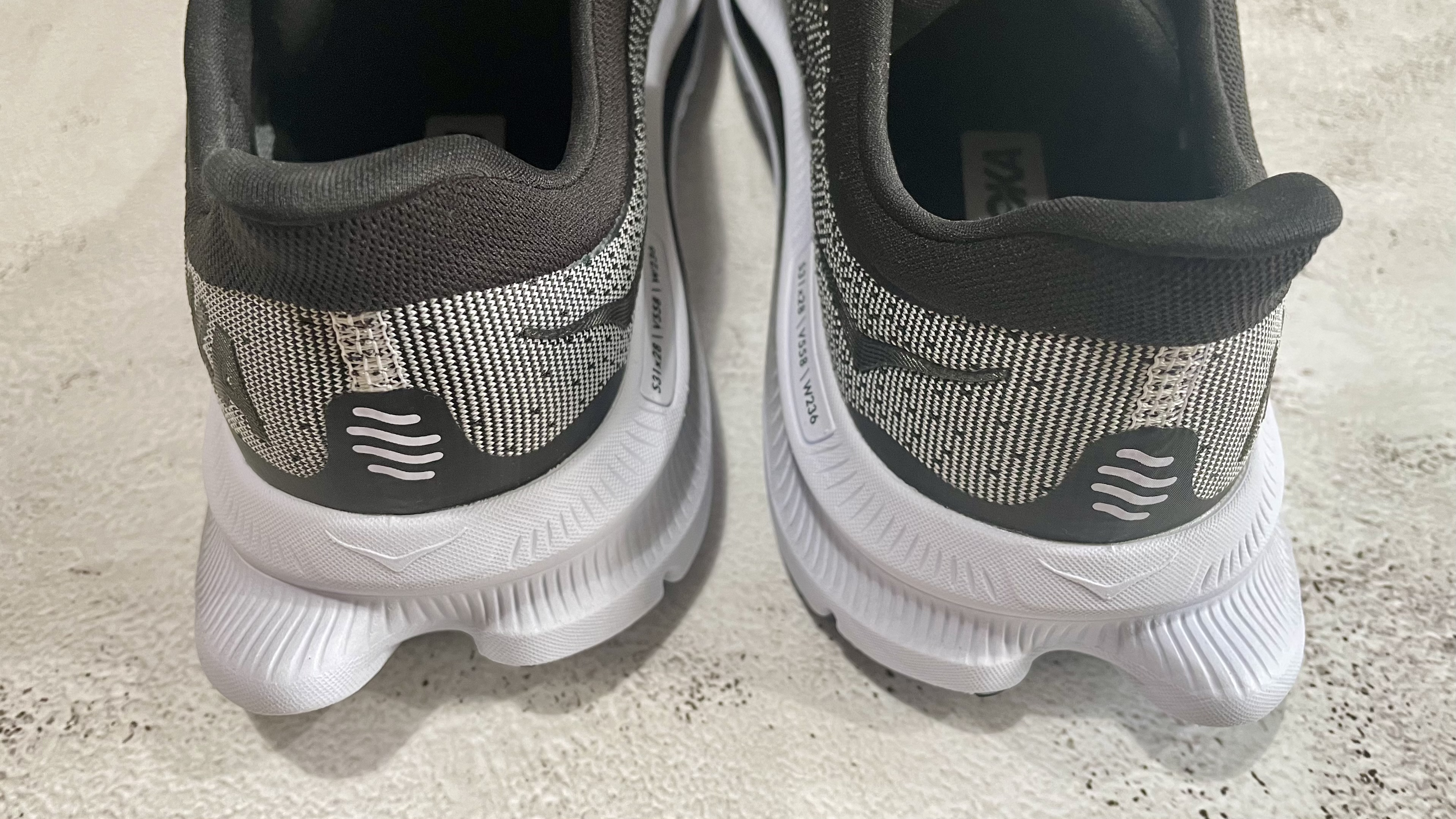
Price and release date
The Hoka Kawana was released in January 2022, priced at $140 / £125 (about AU$190). That makes it one of Hoka's more affordable entry-level running shoes; for comparison, the Bondi X was $200 / £180 / AU$349.95 at launch, and the Carbon X3 is $180 / £160 (about $250).
It's certainly not a cheap shoe, which might deter some new runners, but it's good value if you're going to be using it both indoors and out.
Design
- Extremely soft
- SwallowTail for stability
- Early-stage Metarocker
When you lace up the Kawana, the first thing you'll notice is just how soft it is. That's not just down to the masses of foam in the outsized sole, but also a surprisingly generous amount of padding.
Sign up for breaking news, reviews, opinion, top tech deals, and more.
The tongue is much more generously cushioned than we've come to expect from Hoka, and there's plenty of padding in the collar as well, with a nice long heel pull. The result is a shoe that feels comfortably snug, and can be laced good and tight without putting undue pressure on your metatarsals or ankle.
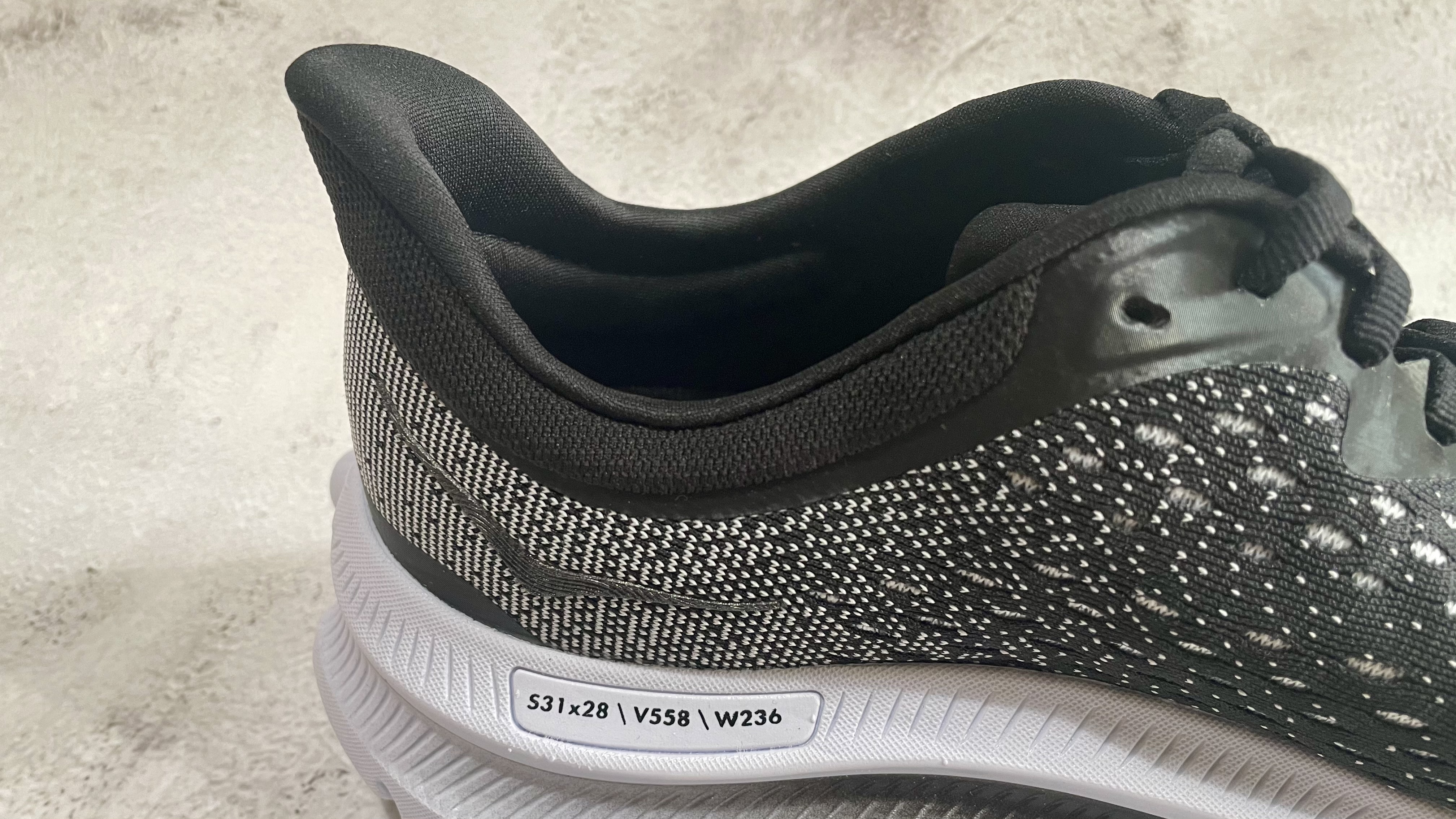
Hoka explains that the Kawana is a hybrid of the casual Hupana all-purpose shoe, which made its debut in 2017, and the popular Clifton. It has a more radical design than the Hupana – most noticeably due to the SwallowTail design at the heel (like that of the Hoka Bondi X) which is intended to improve stability. It's a nice addition for running and gym work, but we feel it works better for the more performance-oriented Bondi X, and reduces the Kawana's appeal as an everyday casual shoe.
The shoe has a 5mm heel drop, but it feels greater thanks to the early-stage Metarocker design inherited from the Clifton, which helps provide forward propulsion.
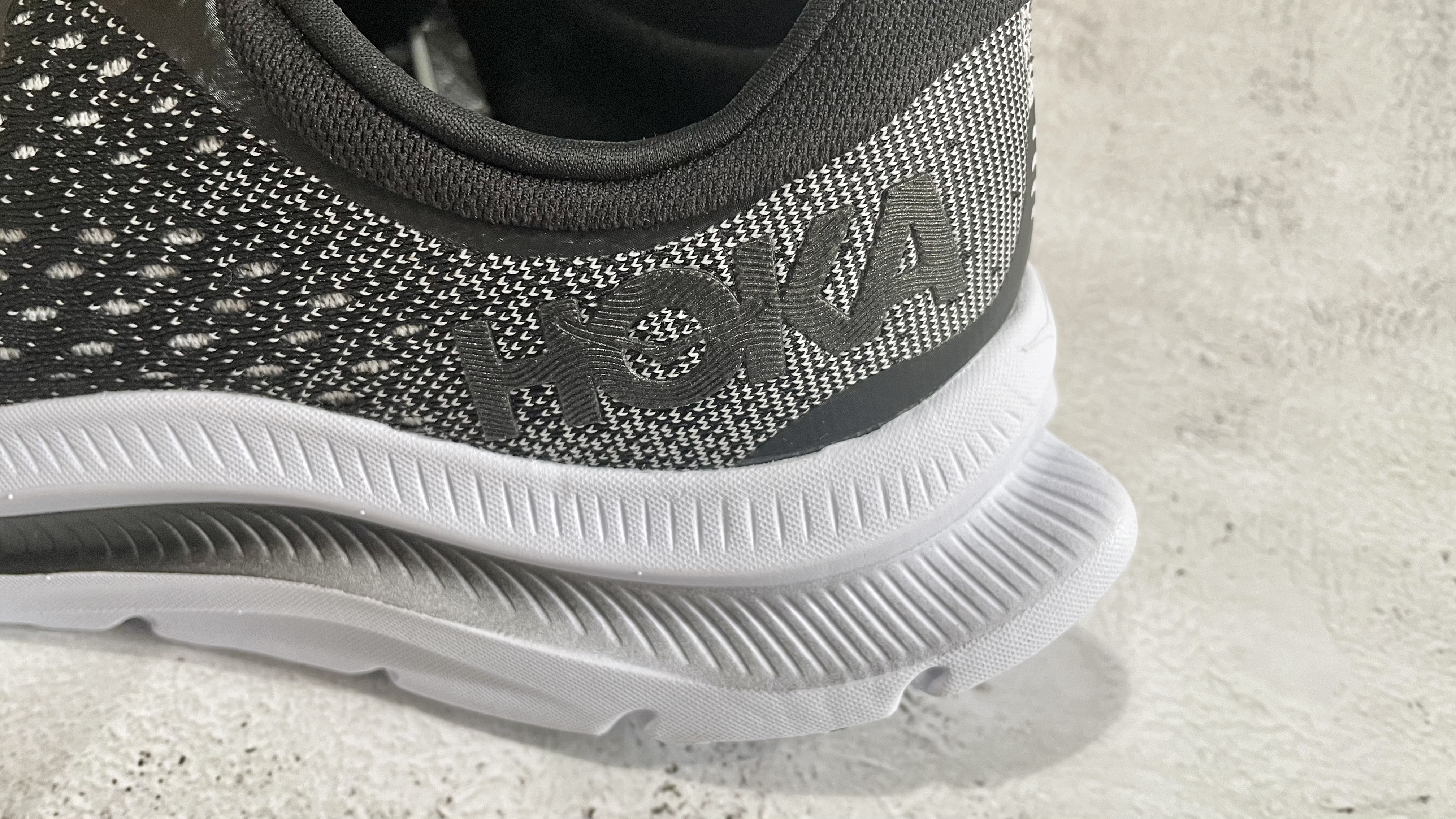
The upper is a jacquard mesh material made using a proportion of recycled plastic, which is always a bonus, though we'd like to see Hoka develop its sustainability policy to include guidance on recycling old shoes that have outlived their usefulness.
Hoka's designers have a penchant for neon hues, but they've kept the Kawana's colorways relatively muted. There's the grayscale option we tested here, and a white version with a splash of either pale blue or soft yellow.
Performance
- Dependable for long and short training runs
- Works well for indoor training (though not weights)
- Good traction and stability on wet pavements
We put the Hoka Kawana to the test over various distances, from 5km to 10 miles on the road, some well-kept trails and the treadmill – and for a HIIT class at our local gym. We wouldn't recommend this shoe for weightlifting; there's way too much cushioning.
The foam is bouncy and responsive, as we've come to expect from Hoka, but the ride isn't quite as sprightly as we'd expected. It's extremely comfortable when you're putting in some significant mileage though, and we particularly appreciated the well padded collar and Achilles support during sustained efforts.
It's not a shoe for setting new personal bests, but a dependable workhorse for longer training runs, and we're yet to see any noticeable signs of wear on the upper or outsole. That durability does come at a price though, and this is a moderately heavy shoe at 283g for a US men’s size 9, or 238g for a US women’s size 7.
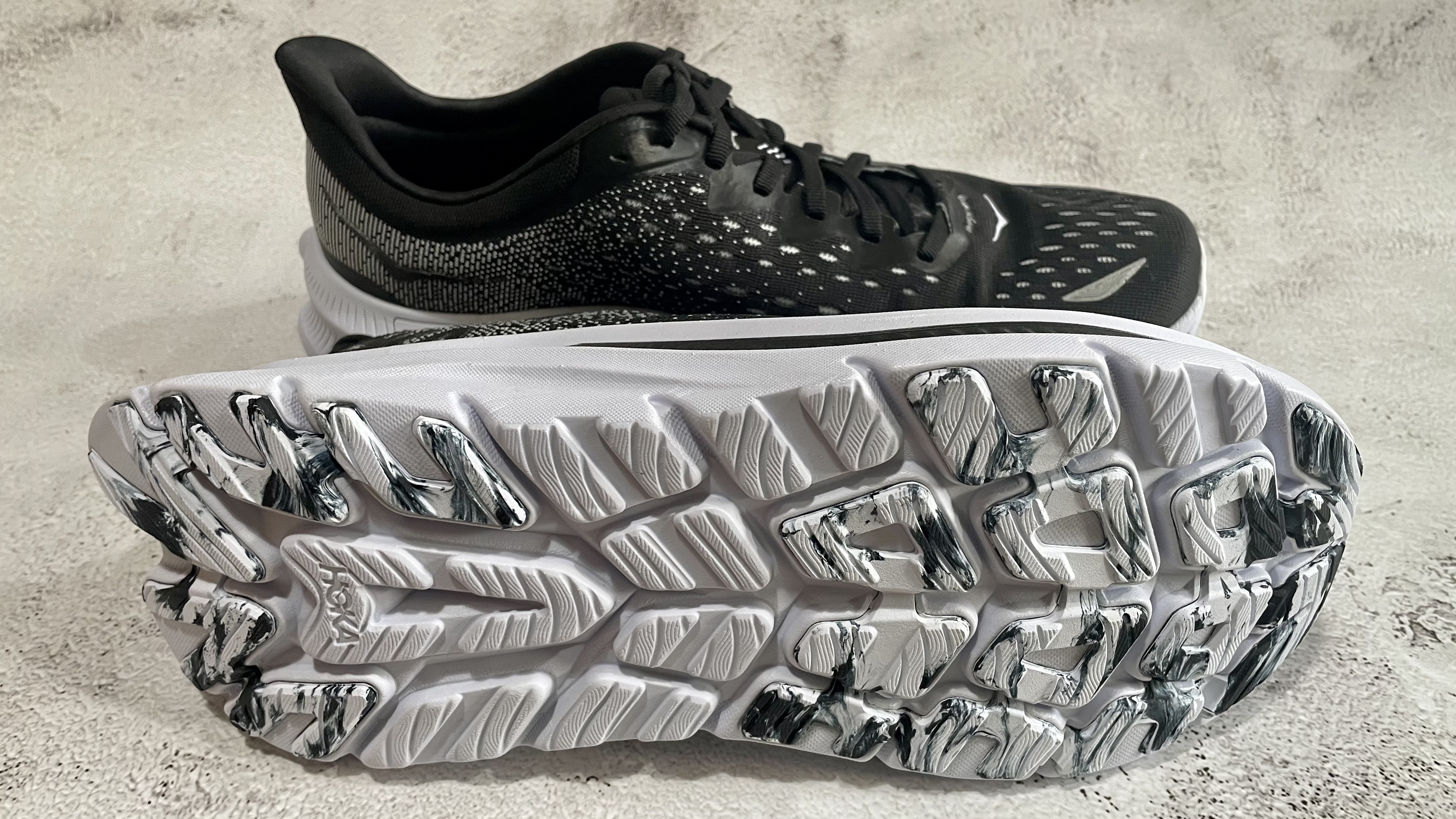
Despite the generous padding and relatively dense knit of the upper, the Kawana is much more breathable than we'd expected, and we were never uncomfortable even during a 10-miler on a particularly warm day (indoors or out). The denser weave also shrugs off small splashes, and the sole retained its grip in wet conditions.
That grip proved useful in our HIIT classes too, allowing us to turn safely during shuttle runs. We also appreciated the stability and cushioning of the outsized sole during jumps and balances. It's best on firm, flat surfaces, though; when we ventured onto unpaved roads, the large sole was cumbersome and lacking agility. It's definitely best kept for pavements, even during dry weather when there's no risk of mud.
However, we're not entirely convinced that the SwallowTail design works in the Kawana's favor. It's an interesting feature, and we understand the thinking behind it, but for an all-purpose shoe we can't help thinking it might be an unnecessary addition that actually makes the Kawana less versatile. It makes sense for the snappier Bondi X, but less so for a shoe you're also going to wear indoors – and if your gym routine involves any equipment that sits against your heel (like a rowing machine) you'll need something more conventionally shaped.
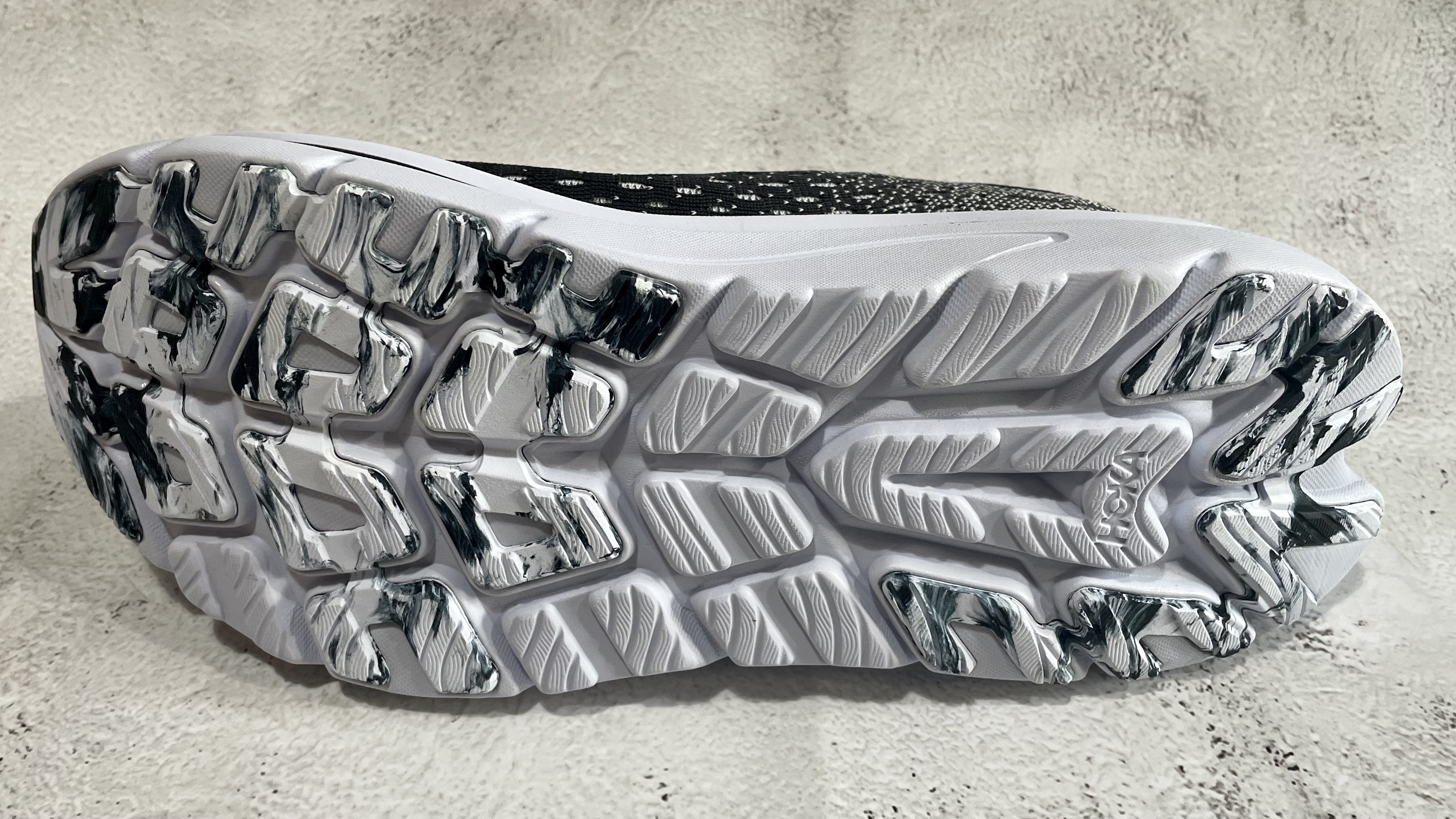
Buy it if
You want versatility
The Kawana transitions easily between road and gym, providing plenty of cushioning and support along the way.
You need durability
The rubber outsole and jacquard-weave upper proved resilient in our tests, and are yet to show signs of wear despite some pretty harsh treatment.
Don't buy it if
You feel a need for speed
Although the foam is bouncy and responsive, this isn't a seriously springy shoe for setting new personal records on race day.
You're into weights
Although it works well for many types of indoor training, the Kawana is far too cushioned for weightlifting.

Cat is TechRadar's Homes Editor specializing in kitchen appliances and smart home technology. She's been a tech journalist for 15 years, having worked on print magazines including PC Plus and PC Format, and is a Speciality Coffee Association (SCA) certified barista. Whether you want to invest in some smart lights or pick up a new espresso machine, she's the right person to help.
